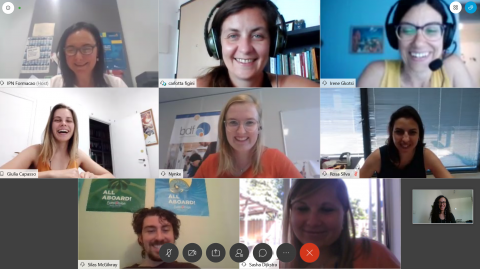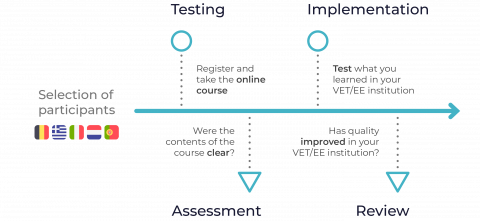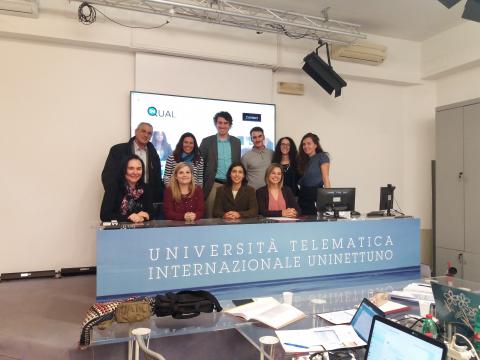2.6 - Staff involvement
Abstract
As a QM you should ensure that each member of the EE team must present the appropriate
competency profile according to their duties, promoting their constant improvement, organizing or
providing conditions for participation in technical and pedagogical updating actions. The objective is
to identify and match the team's knowledge and skills with the present and future needs of EE.
Why is this important for you as a QM?
- To guarantee that the communication within the team is effective so that everyone feels part of the process, that they know their tasks and responsibilities and that, at any time, they can report any difficulties.
- To ensure the continuous leadership and involvement of all members including an increasing role for staff. This will facilitate their participation and cooperation.
How should I implement the action?
As a QM you can involve and create motivation in your team by carrying out certain actions. Some
examples of how you can act are:
- Tell: Share your decisions with your staff;
- Sell: try to gain commitment from your staff by "selling" the positive aspects of your decision;
- Consult: invite the staff to give input while retaining authority to make the final decision;
- Join: invite the staff to decide and share the decision with the team;
- Delegate: delegate decisions with to staff.
These actions are very important for you as a QM, as it will allow you to create an environment of
cohesion among the team as well as ensuring that all aspects of the training organization are
allocated.
How should I know if I have made an impact thus increasing the quality of the VET provision and to which extent?
There are several ways that you, as a QM, can apply in order to check if you have achieved the
objectives in terms of staff involvement:
- Observation;
- Brainstorming meetings;
- Focus groups;
- Satisfaction assessments;
- A higher staff involvement can be a result of the increasing investment in training of teachers and trainers (EQAVET nº 2)
Thus, you can conclude what the degree of the staff involvement is. If the conclusions are that there is good communication between the team, a good degree of autonomy, good knowledge of responsibilities, good satisfaction and financial results in terms of the development of the training actions, etc., you can conclude that the impact on the quality of the VET provision is positive.
Links & further readings
- Ministério do Trabalho, Solidariedade e Segurança Social Direção Geral do Emprego e das Relações de Trabalho (DGERT), Direção de Serviços de Qualidade e Acreditação (DSQA). 2017. https://certifica.dgert.gov.pt (23/03/2020).
- The balance careears. 2020. https://www.thebalancecareers.com (23/03/2020).
- Ministério do Trabalho, Solidariedade e Segurança Social Direção Geral do Emprego e das Relações de Trabalho (DGERT), Direção de Serviços de Qualidade e Acreditação (DSQA). 2017.Certification Guide for Training Entities (67).
- Cedefop – European Centre for the Development of Vocational Training. 2015. Handbook for VET Providers: Suport Internal Quality Culture (246)



